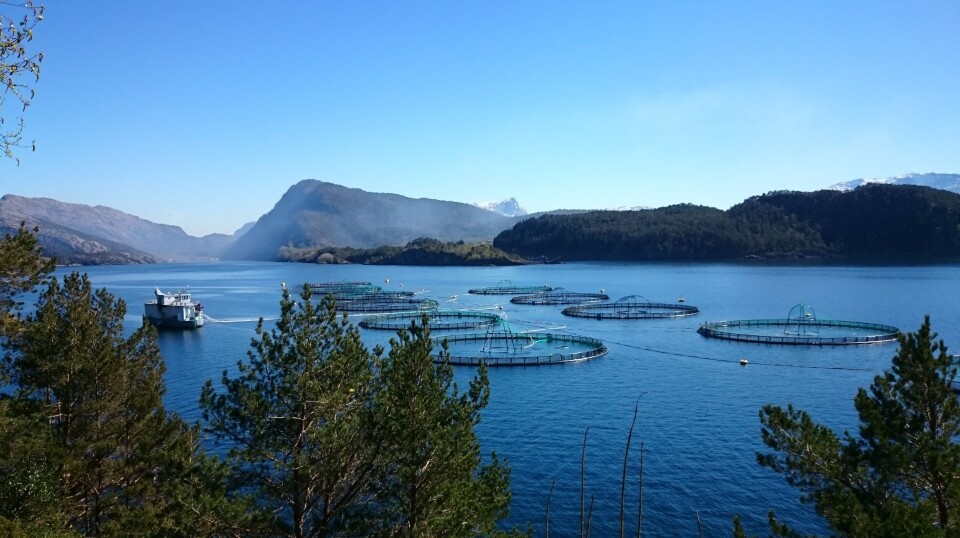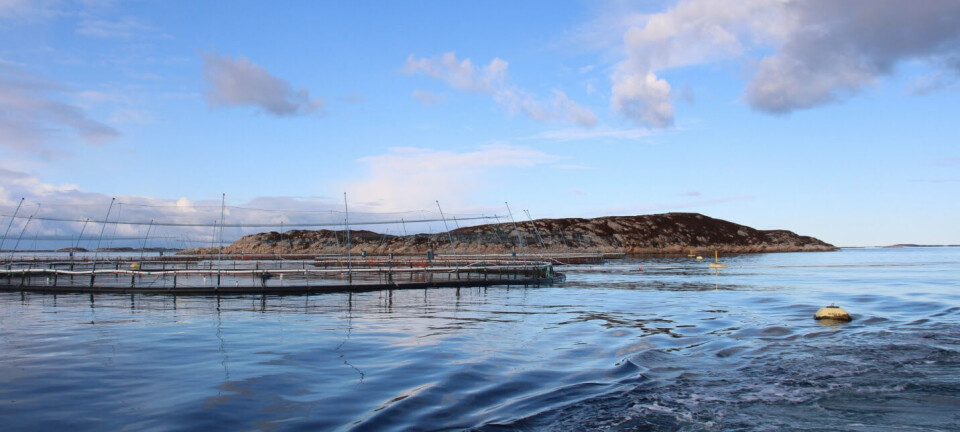
Seafood industry accounted for 2.3% of Norway’s GDP last year
Sector was responsible for generating tax take of NOK 25.9bn and supporting 86,000 jobs
The importance of aquaculture and seafood to Norway’s public finances and local economies has been highlighted in a new edition of an annual report.
Value creation in the seafood industry increased by 36% last year to NOK 71 billion (£5.28bn), reported research institute Nofima. If the ripple effects are taken into account, the total value creation was NOK 109bn.
The industry’s value creation amounted to 2.3% of mainland Norway’s GDP (gross domestic product) in 2022, up from 1.5% in the early 2010s.
In the ripple effect analysis, researchers from institute Nofima calculated the tax revenue from the seafood industry’s activities. They looked at corporation tax and personal tax, paid both by the industry itself and by its suppliers as a result of the industry’s demand for goods and services. The total tax revenue in 2022 was NOK 25.9bn.
NOK 12.4bn tax on profits
A total of NOK 9.3bn in corporation tax was paid from the core activity, while NOK 3.1bn was paid in corporation tax from the suppliers. The other NOK 13.6bn consisted of personal tax paid by the industry and suppliers.
The large increase in value creation last year was due to growth in the fish farming sector and the fact that both wild caught fish and farmed fish have had good price developments. With both price growth and general high growth, the aquaculture industry has overtaken the fishing industry in economic terms.
Five counties - Nordland, Vestland, Troms and Finnmark, Møre and Romsdal and Trøndelag – accounted for almost 90% of value creation, having had direct value creation of between NOK 11 and 16 billion. The largest was Nordland, which had more than NOK 20bn in value creation and spin-off effects.

“The seafood industry’s importance to the economy in these five counties is significant. If we break the figures down by municipality, the industry is particularly important in some of the municipalities,” said researcher Audun Iversen, who has been the project manager for the work.
86,000 jobs
A total of 86,000 people were employed in the seafood industry last year. As many as 46,000 of those were employed a result of the ripple effects that the industry creates. Norway’s capital, Oslo, and its affluent suburb, Bærum, are municipalities where ripple effects are clearly felt. In Oslo, there are 570 who have seafood as their core business, while as many as 1,500 are employed as a result of the ripple effects. In Bærum, hardly anyone has it as their core business, while 370 employees work with the industry due to the knock-on effects.
Norway’s seafood industry has set new turnover records in 15 of the last 20 years, and 2022 was no exception with a total export value of NOK 151.4bn, which was an increase of 25% from the previous record year 2021.
Researchers said this high economic activity creates profits and employment, and thus also the basis for tax revenue for the state.























































